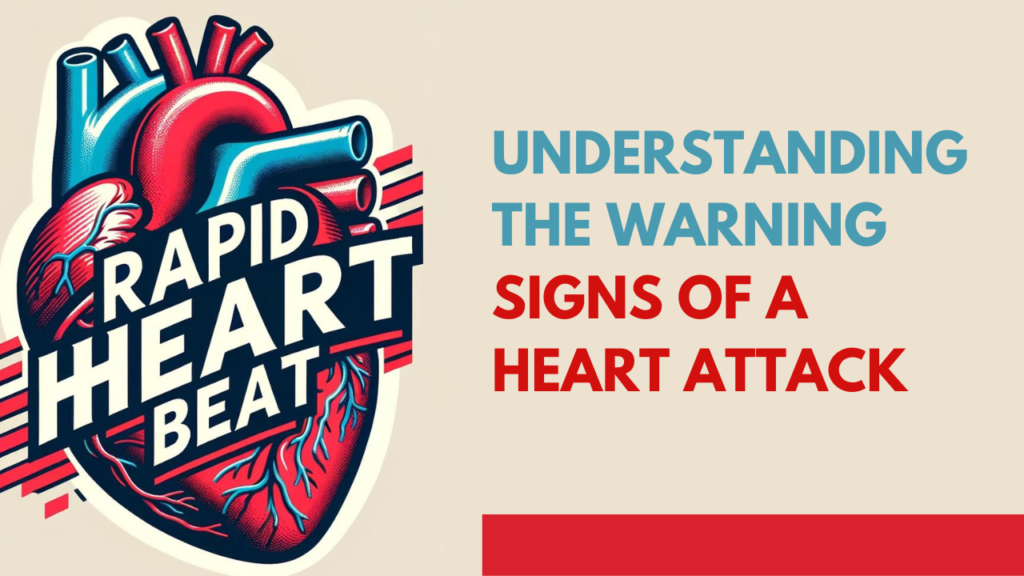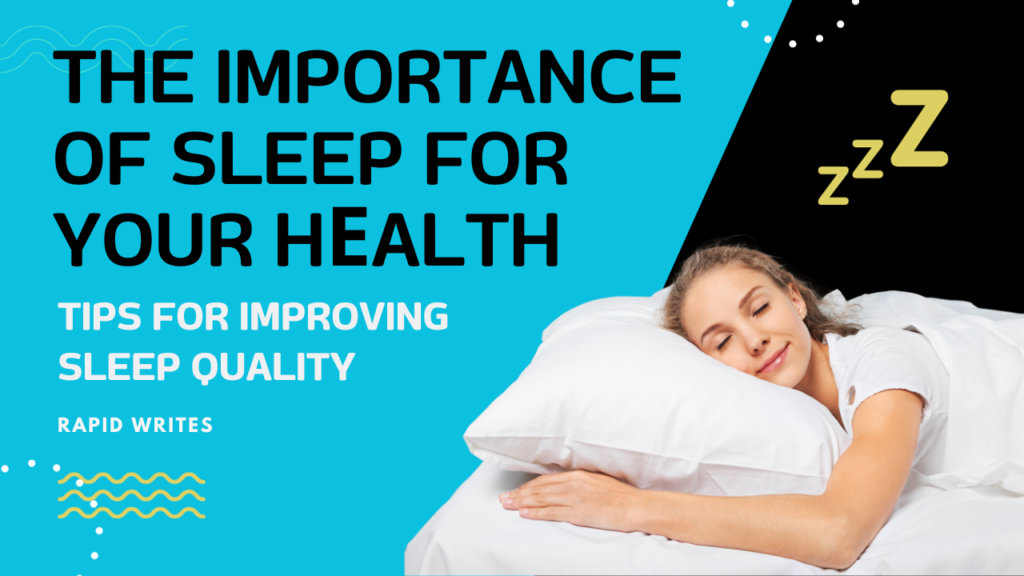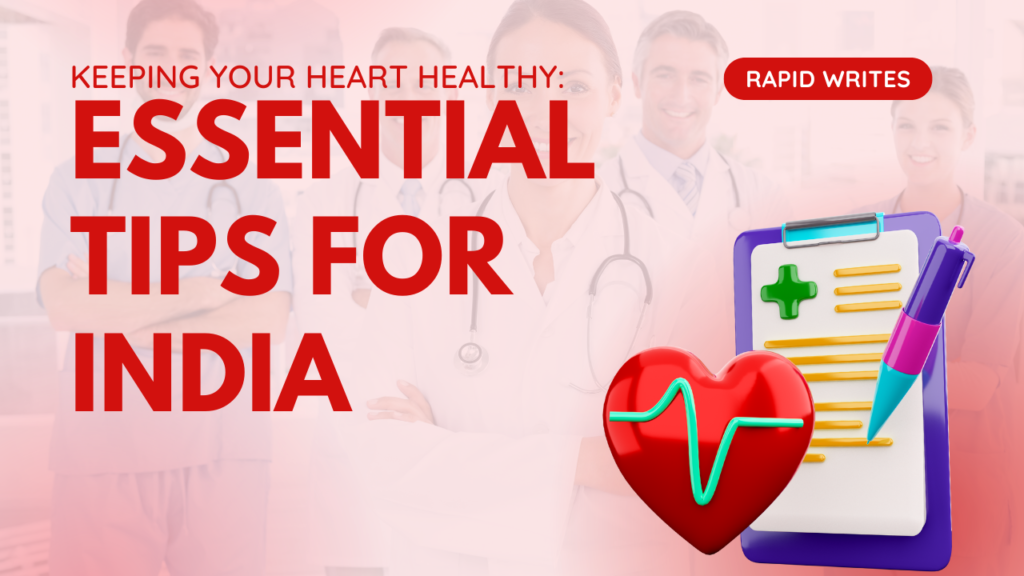Heart attacks are among the leading causes of death globally, striking millions each year without warning. However, with prompt recognition of its signs and immediate action, the chances of survival and recovery can be significantly improved. This blog aims to shed light on the critical warning signs of a heart attack, empowering you and your loved ones with knowledge that could potentially save lives.
Understanding Heart Attacks
At its core, a heart attack occurs when the flow of blood to a part of the heart is blocked for a long enough time that part of the heart muscle is damaged or dies. This is most often caused by coronary artery disease, where plaque builds up in the coronary arteries, or by a blood clot that blocks the flow of blood to the heart. Understanding what leads to a heart attack is crucial for recognizing its signs and taking steps to prevent it.
Warning Signs of a Heart Attack
Chest Pain or Discomfort
The most common sign of a heart attack is chest pain or discomfort that lasts more than a few minutes or that goes away and comes back. This can feel like pressure, squeezing, fullness, or a painful sensation in the center or left side of the chest.
Discomfort in Other Areas of the Upper Body
Symptoms can also manifest in areas other than the chest, such as one or both arms, the back, neck, jaw, or stomach. It’s essential to note that heart attack symptoms can vary from person to person, and some might experience discomfort in these areas without chest pain.
Shortness of Breath
This may occur with or without chest discomfort and is a significant warning sign. Difficulty breathing during daily activities, especially if you’ve been sedentary, can be a signal of a heart attack.
Other Symptoms
Other possible signs include breaking out in a cold sweat, nausea or vomiting, and feeling lightheaded or unusually fatigued. These symptoms can occur with or without chest discomfort and should not be taken lightly.
Symptoms Unique to Women
Heart attack symptoms in women can differ from men. While chest pain is still a common symptom for women, many experience shortness of breath, nausea/vomiting, and back or jaw pain more prominently. Understanding these differences is vital, as early detection can lead to a quicker response and treatment.
What to Do if You Recognize These Signs
If you suspect that you or someone else is having a heart attack, call emergency services immediately. Don’t ignore the symptoms, hoping they’ll go away on their own. Every minute matters, and quick action can dramatically increase the chances of survival and recovery.
Prevention Tips
Preventing a heart attack is possible with lifestyle changes and proactive health management. While some risk factors like age and family history cannot be changed, there are several ways to significantly reduce your risk.
Adopt a Heart-Healthy Diet
- Eat a Balanced Diet: Focus on a diet rich in fruits, vegetables, whole grains, and lean proteins. These foods provide essential nutrients for heart health.
- Limit Unhealthy Fats: Reduce intake of saturated and trans fats to lower cholesterol levels and decrease the risk of coronary artery disease. Opt for healthier fats found in fish, nuts, and olive oil.
- Reduce Sodium and Sugar: High sodium intake can increase blood pressure, while excessive sugar can lead to obesity and increase heart disease risk. Moderation is key.
Maintain a Regular Exercise Routine
- Stay Active: Aim for at least 150 minutes of moderate aerobic exercise or 75 minutes of vigorous exercise each week. Regular physical activity helps maintain a healthy weight, lowers blood pressure, and strengthens the heart.
- Incorporate Variety: Mix cardio exercises like walking, swimming, or cycling with strength training to maximize benefits.
Quit Smoking and Limit Alcohol
- No Smoking: Smoking is a major risk factor for heart disease. Quitting smoking can drastically reduce the risk of a heart attack and improve overall health.
- Moderate Alcohol Consumption: Excessive alcohol intake can raise blood pressure. Limiting alcohol to moderate levels can help keep your heart healthy.
Manage Stress
- Stress Reduction: Chronic stress may contribute to heart disease. Techniques such as meditation, deep breathing, and mindfulness can reduce stress levels and benefit heart health.
- Seek Support: Talking to friends, family, or a professional can help manage stress and emotional well-being.
Regular Health Screenings
- Monitor Blood Pressure: High blood pressure is a significant risk factor for heart attacks. Regular monitoring can help manage it effectively.
- Check Cholesterol Levels: High cholesterol can lead to plaque buildup in arteries, increasing heart attack risk. Regular screenings can help keep it in check.
- Diabetes Management: If you have diabetes, managing your blood sugar levels is crucial to reducing heart attack risk.
Conclusion
Heart attack prevention is rooted in living a healthy lifestyle and making informed choices about your health. By adopting a heart-healthy diet, staying active, avoiding tobacco and excessive alcohol, managing stress, and undergoing regular health screenings, you can significantly reduce your risk of a heart attack. Remember, it’s never too late to start making changes that can enhance your heart health and overall well-being.
By empowering ourselves with knowledge and taking proactive steps towards a healthier lifestyle, we can guard against heart disease and lead fuller, more vibrant lives. Let’s commit to heart health today and encourage our loved ones to do the same. Together, we can make a difference in the global fight against heart disease.



